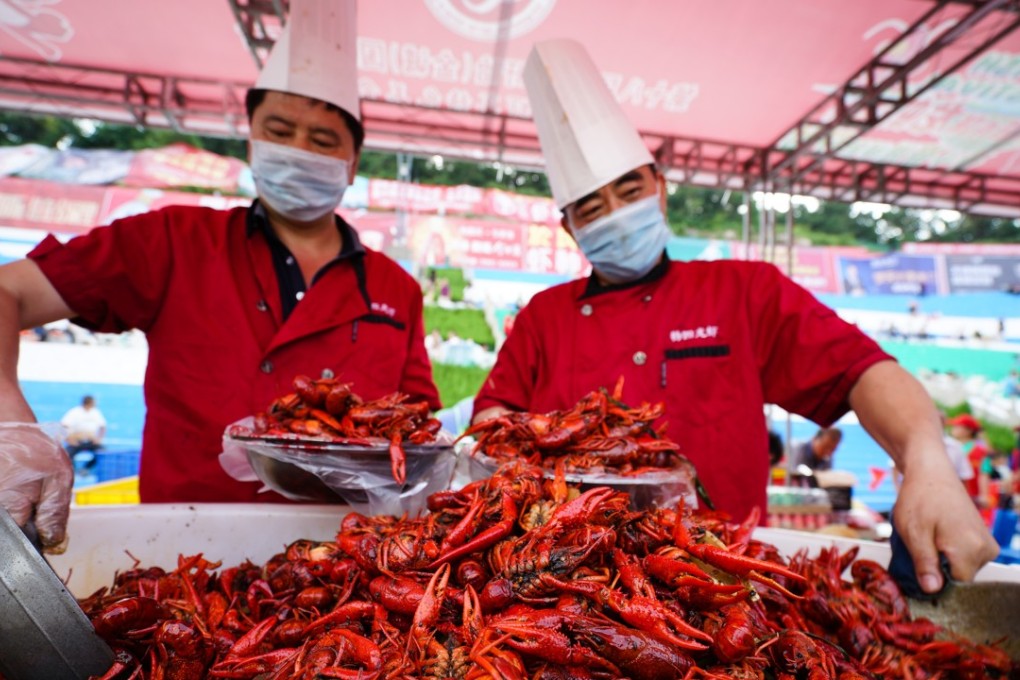Who needs Ronaldo? China’s World Cup hopes rest on the crayfish
They may not have sent a team, but the Chinese have delivered a trainload of crayfish to Russia in a bid to stoke the appetite of football fans and boost overseas demand

Portugal has Cristiano Ronaldo, Argentina has Lionel Messi, and Egypt are hoping Mohamed Salah will bring them World Cup glory.
China may not have qualified for football’s showcase event but an unlikely national hero has emerged nonetheless, carrying the hopes of the nation into the tournament as it kicks off in Russia tonight: the humble crayfish.
In a bid to reverse a decline in overseas demand, a train carrying 100,000 crayfish recently left the central Chinese city of Wuhan for Moscow, according to the official news agency, Xinhua.

Pre-cooked in garlic and spices, the small red crustaceans are bound for the Russian capital’s bars and restaurants, where it is hoped they will prove a knockout with football fans from all corners of the globe. At home crayfish have become a firm match-day favourite among young spectators.
The goal of the train delivery is to put a delicacy that has enjoyed a meteoric rise in popularity among China’s millennials firmly on the world culinary map.